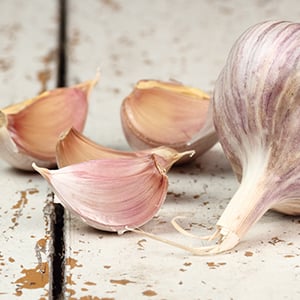We need iron to live. Without it, our red blood cells wouldn’t be able to carry oxygen through our blood. Iron plays essential roles in energy metabolism, hormone synthesis, growth, development, brain function, immune activity, and cellular function.[1, 2] However, you only need trace amounts of this important nutrient to maintain proper iron balance. Excess iron intake can quickly become dangerous. (more…)







